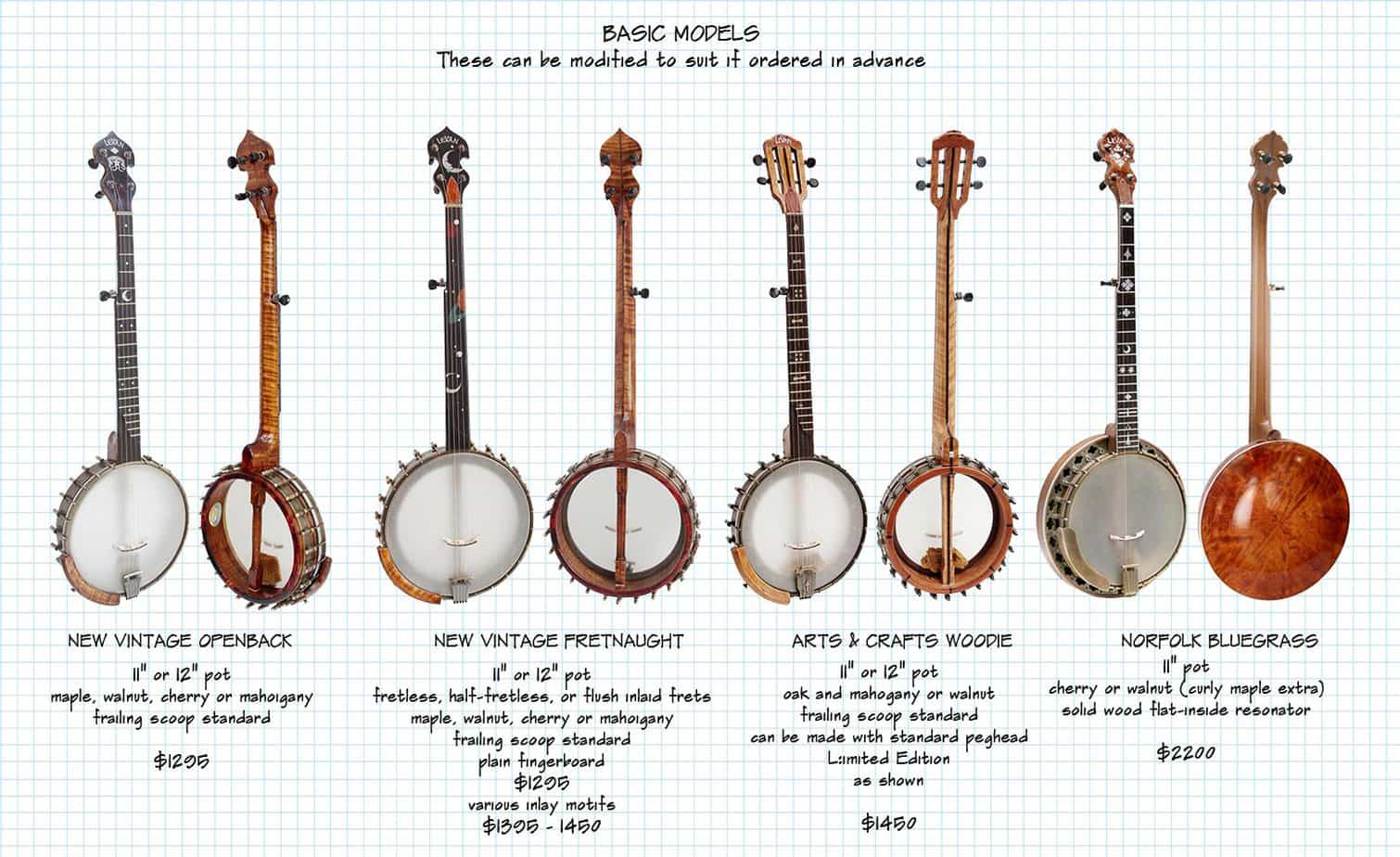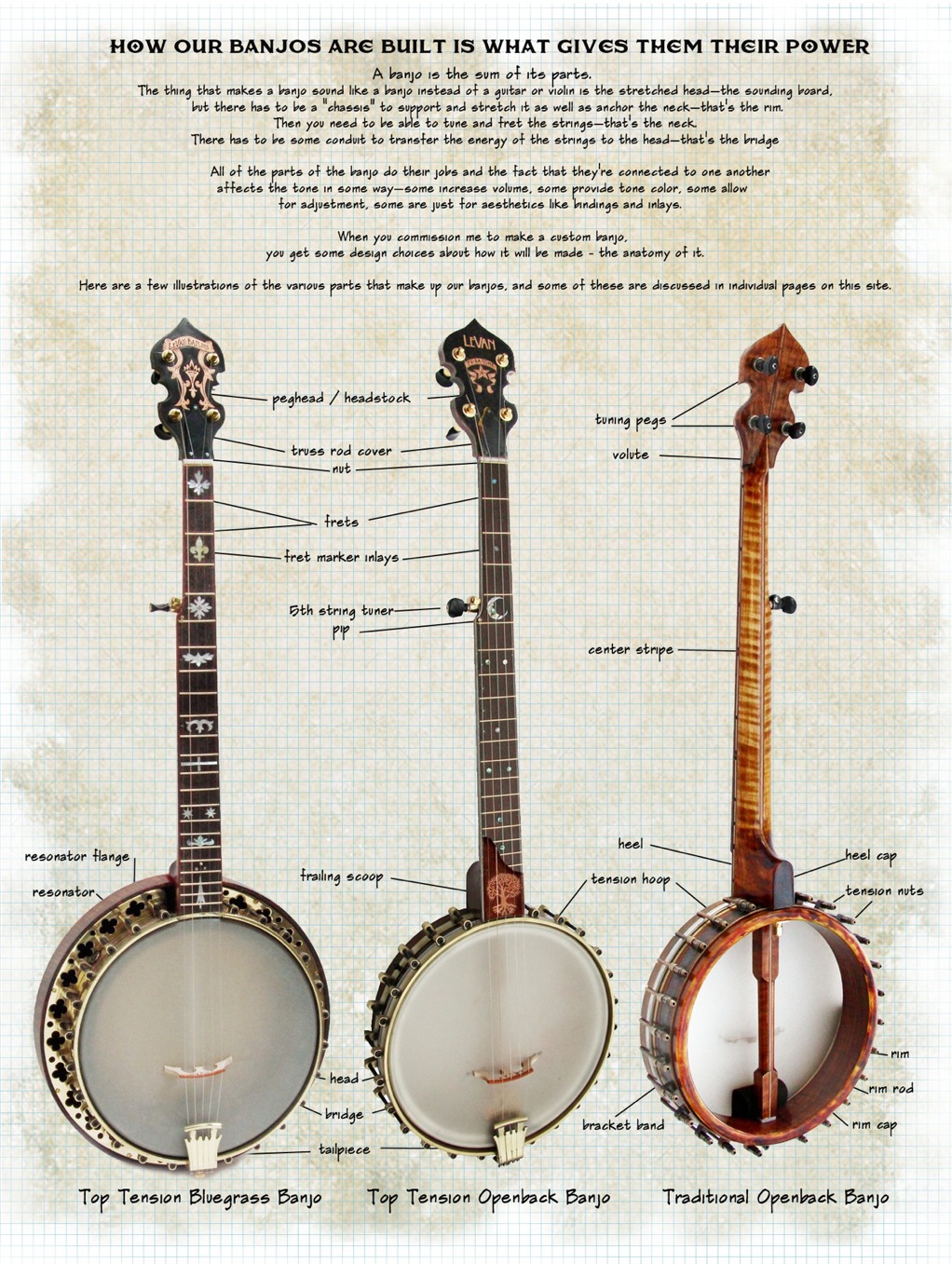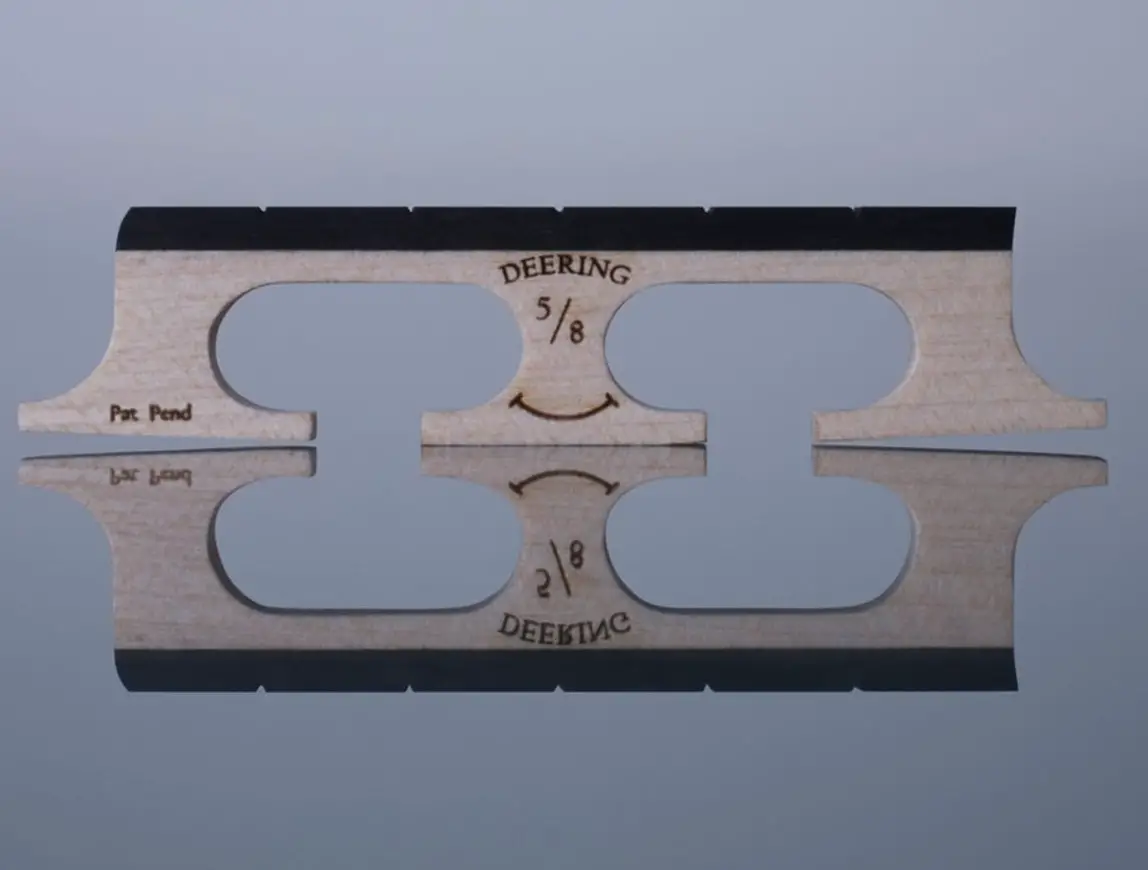The banjo is a stringed musical instrument that has a rich history in American music. It is known for its distinctive twangy sound and has been used in a variety of musical styles, including bluegrass, folk, and country. But what does a banjo look like? In this article, we will explore the different parts of a banjo and the various types of banjos that exist.
The Anatomy of a Banjo
At first glance, a banjo may seem like a simple instrument, but it is actually composed of several different parts, each with its own function. Here are the main components of a banjo:
Head
The head of a banjo is the drum-like top surface that the strings are stretched across. It is typically made of a thin, tensioned membrane, such as plastic or animal skin.
Rim
The rim is the circular band that holds the head in place. It is usually made of wood or metal and is attached to the neck of the banjo.
Neck
The neck is the long, slender piece of wood that extends from the body of the banjo. It contains the frets, which are metal strips that determine the pitches of the notes played on the instrument.
Bridge
The bridge is a small piece of wood or plastic that supports the strings and transmits their vibrations to the head.
Tailpiece
The tailpiece is the part of the banjo that holds the strings in place at the bottom of the instrument.
Tuning Pegs
The tuning pegs are used to adjust the tension of the strings, which in turn changes the pitch of the notes produced.
Types of Banjos
There are several different types of banjos, each with its own unique sound and appearance. Here are a few of the most common types:
Five-String Banjo
The five-string banjo is the most iconic type of banjo and is often associated with bluegrass music. It has a distinctive high-pitched sound and is played with a pick or fingerpicks.
Four-String Banjo
The four-string banjo, also known as a tenor banjo, is smaller than the five-string banjo and has a brighter, more metallic sound. It is often used in jazz and dance band music.
Six-String Banjo
The six-string banjo is similar to a guitar and is tuned the same way. It is often used in folk and country music and has a mellower sound than the five-string banjo.
Plectrum Banjo
The plectrum banjo is similar to the four-string banjo, but it is larger and has a longer neck. It is typically played with a pick and is used in jazz and dance band music.
Banjo Accessories
There are several accessories that are commonly used with banjos, including:
Picks
Picks are small plastic or metal tools that are used to pluck the strings of the banjo. They come in a variety of shapes and sizes and are chosen based on the player’s personal preference.
Cases
Cases are used to protect the banjo from damage when it is not being played. They come in a variety of styles, including hard shell cases and gig bags.
Straps
Straps are used to support the banjo when it is being played while standing up. They are adjustable and come in a variety of materials, including leather and nylon.
How to Choose a Banjo
When choosing a banjo, there are several factors to consider, including:
Budget
Banjos can range in price from a few hundred dollars to several thousand dollars. It is important to set a budget before beginning the shopping process.
Type of Banjo
As mentioned earlier, there are several different types of banjos, each with its own unique sound and appearance. It is important to choose a banjo that is well-suited to the style of music that you want to play.
Quality of Construction
The quality of the construction of the banjo is also an important consideration. A well-made banjo will be more durable and will produce better sound than a poorly made one.
Curious about banjos and other musical instruments? Learn more about what a mandolin looks like, the harmonicas Stevie Wonder uses, what materials banjos are made of, the type of banjo Steve Martin plays, and what sets a banjo apart from a guitar. Explore the world of musical instruments and broaden your knowledge!
Conclusion
In conclusion, a banjo is a unique and versatile musical instrument that has a rich history in American music. It is composed of several different parts, including the head, rim, neck, bridge, tailpiece, and tuning pegs. There are several different types of banjos, including the five-string banjo, four-string banjo, six-string banjo, and plectrum banjo. When choosing a banjo, it is important to consider your budget, the type of banjo, and the quality of construction. With the right banjo and some practice, you can create beautiful music that will bring joy to yourself and others.





